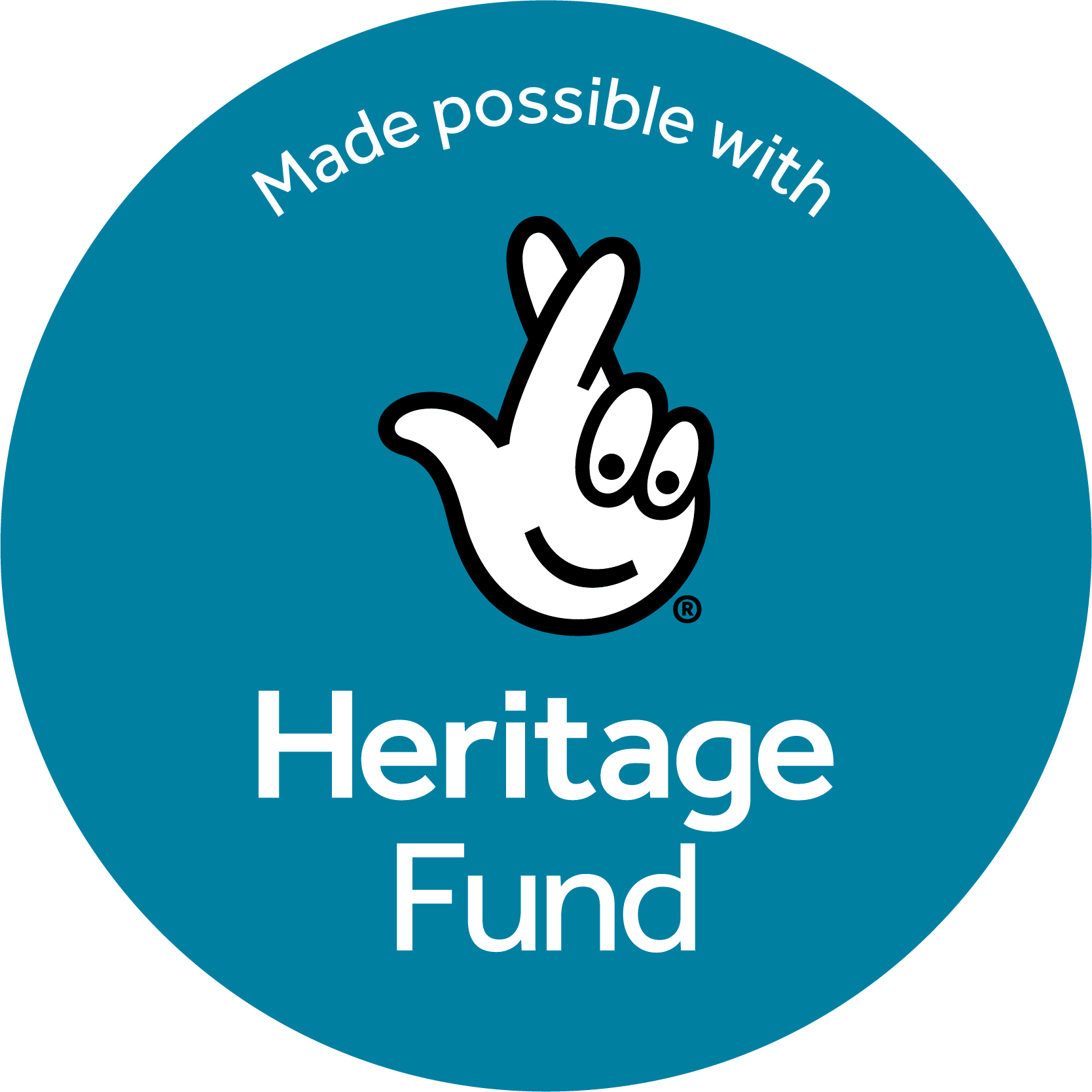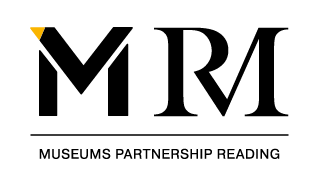To celebrate the Windrush 75th anniversary, Reading Museum’s education team worked on a special project with 90 Year 5 students from a local primary school in May and June 2023. With collaboration from the local Caribbean community in Reading, and even from schools in the Caribbean itself, the children learned all about the importance of those who arrived in the UK on the Empire Windrush and other modes of transport in the decades following the Second World War.
The arrival of the Empire Windrush in 1948 and other passenger ships and aircraft throughout the post-war period had an important effect on Reading’s local community, playing a hand in its transformation into the diverse town we know today. The Caribbean community has a massive influence in local culture, such as the creation of Reading Carnival which has been held almost every year since its foundation in 1977.

A photograph of three children from Reading's Windrush generation
Reading Museum has worked with the local Caribbean community for many years on a variety of community and outreach projects. A lot of work has been done in collaboration with the Caribbean Associations Group (CAG). This has included online exhibitions on Windrush, a recording series on the History of Black Worship in Reading, and our most recent Windrush Lives exhibit, which is was on display in the Welcome Gallery until early November 2023. This project, in partnership with ACRE and Age UK Berkshire, includes a display of artefacts kindly loaned by local people to illustrate the journeys their families made from the Caribbean before settling in Reading.
…we wanted the artefacts to carry detail of the first generation and describe how life has unfolded in the generations that followed. In this way we wish to show how the spirit of the Windrush lives on - in the lives of the descendants living and working in Reading today.
- Brendan Carr, Community Engagement Curator
The importance of Windrush in Reading is immortalised in the Black History mural, which is painted on the side of what used to be Reading Central Club. The Club opened in the 1970s for the young black people of Reading to use as a community space. Displaying portraits of international and local black history legends, the mural features the Empire Windrush as an important image in black British history. After an introductory session on the history of Windrush, we met the students at the mural for our second session, where Museum Learning Officer Guja Bandini taught them all about the key historical moments and figures which are highlighted in this fantastic piece of art.
My favourite part was when we looked at the mural and we learned all about Black History even before the slave trade and before the Windrush.
- Year 5 student

Our Black History mural session
For our next session, the children visited Reading Museum to learn about Windrush using our collections. During their visit, they had the chance to handle some real Second World War artefacts from our school loans collection. The children also learned about the experience of the Windrush generation in the UK by watching interviews with local members of the Caribbean community and doing a fact-finding trail around the Enigma of Arrival exhibition, produced by the University of West Indies and our partners at Barbados Museum and Historical Society. You can visit this alongside our Windrush Lives exhibit. Finally, to promote their work on the project, the children each designed and made a Windrush Project badge to wear at school. They even made extra badges so that staff and visitors at the museum could wear them to celebrate the Windrush Day anniversary!
“I loved going to the museum and seeing all the historical objects and learning more about our past.”
Year 5 student -

Windrush-themed badges made by school students for the project
Our connections in the local Caribbean community and with the learning team in Barbados Museum allowed us to create an exciting connection between the local primary school we worked with and schools in the Caribbean. As part of their work for the project, each child from the three Year 5 classes wrote a letter to a child in the Caribbean, talking about their lives in the UK and asking questions about life in the Caribbean. We were able to send these letters to schools in the Caribbean and even got some replies!
“My favourite part was when we were writing the letters because we can actually communicate to [the Caribbean children] through it.”
Year 5 student -
Our final session with the children took place in school, where we were invited to attend a special presentation of all the work that the Year 5s had done during the project. The children worked in groups to present their research. There were some fantastic formal presentations about the push and pull factors leading Caribbean people to migrate to the UK, and others focusing on the aspects of Caribbean culture that the Windrush generation brought with them to Britain. Other groups put themselves in the shoes of the Windrush generation, writing letters and diary entries from the perspectives of Caribbean children moving to the UK. There were even some brilliant dramatic interpretations of the journey on the Empire Windrush! We loved watching the children present their research in such creative ways.
“I liked the part where we did our presentations because we were concluding all our knowledge and it felt really nice.” – Year 5 student
Year 5 student -

Some of the children presenting their Windrush research
To round up the project, the education team hosted a free online Windrush celebration event for local schools. The first half of the hour-long broadcast was an Introduction to Windrush session, which the museum offers as part of our virtual sessions for schools. The session explores the reasons behind Windrush and presents the amazing contributions of the Windrush generation to our local community. In the second part of the session, the schools that joined the broadcast got to learn all about all the amazing work done during the Windrush Project. Finally, there was a Q&A session with Dare Smith and Rodney Harewood, members of Reading’s Caribbean community.
“The children really enjoyed the interviews with local Windrush generation people”
Teacher, Woolhampton Primary -

Learning Officer Guja Bandini interviewing Rodney Harewood
We really enjoyed celebrating such an important part of history by bringing local schools, the Caribbean community in Reading and even schools in the Caribbean together as part of this amazing project. The students worked so hard learning about Windrush, and we hope they enjoyed it as much as we did.
We also held a free Windrush Day schools' broadcast in June 2023, and our annual free Black History virtual session to celebrate Black History month took pace in October. You can book a private virtual Black History or Windrush session for your class on our website.
Our work with local schools to share Reading's own stories of migration and cultural diversity is possible due to Museums Partnership Reading funding from Arts Council England, and the National Lottery Heritage Fund's support of Reading's Windrush 75th anniversary events and celebrations.








